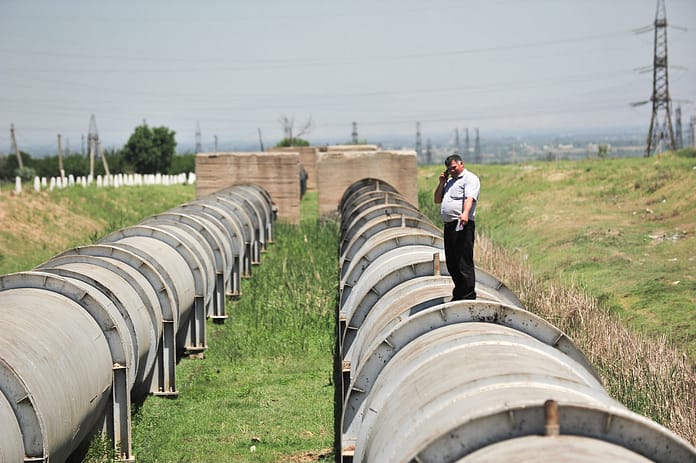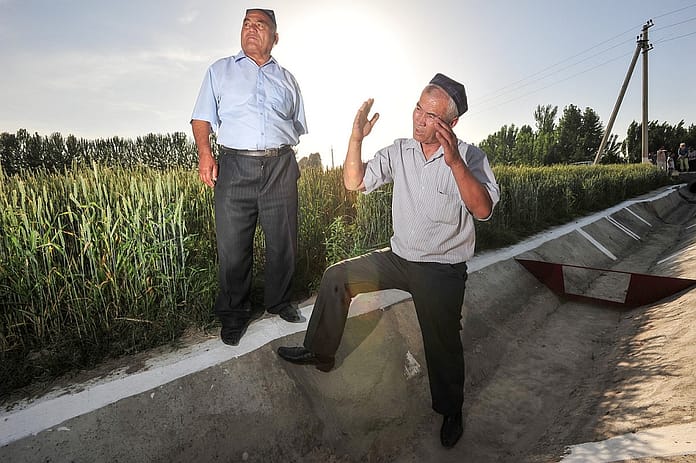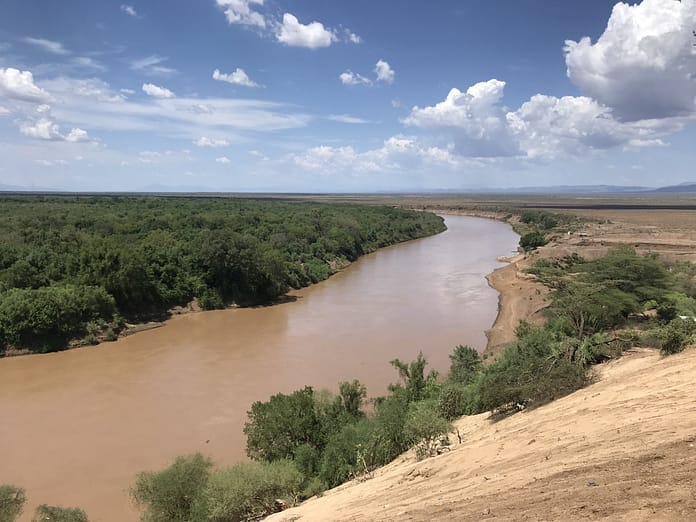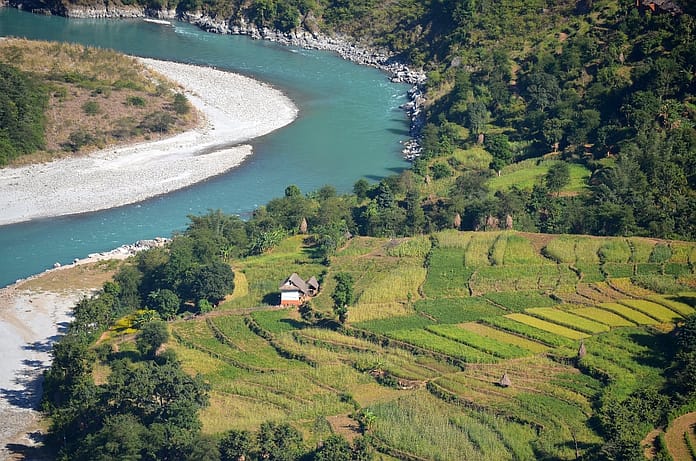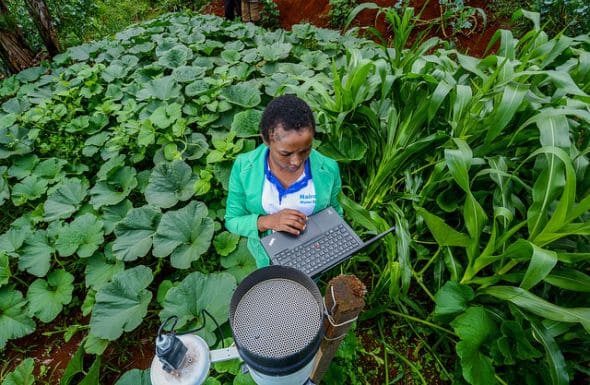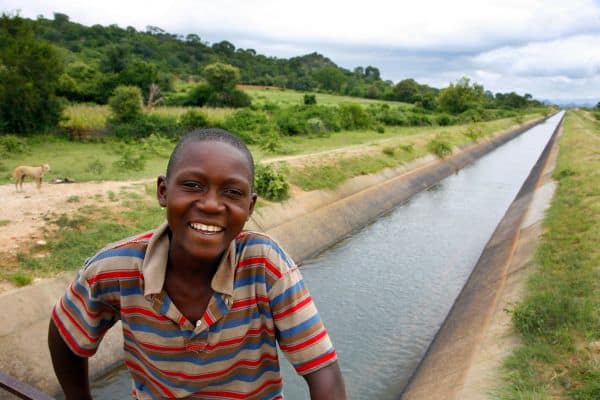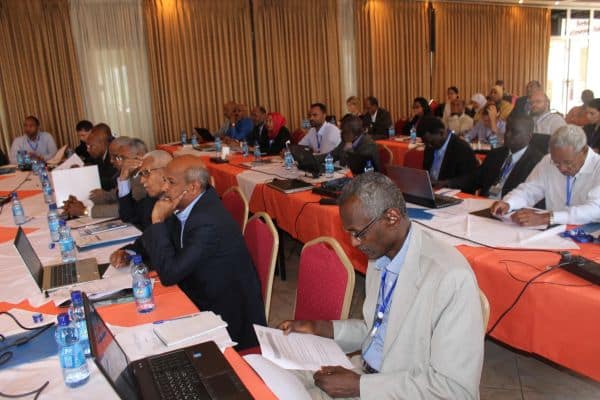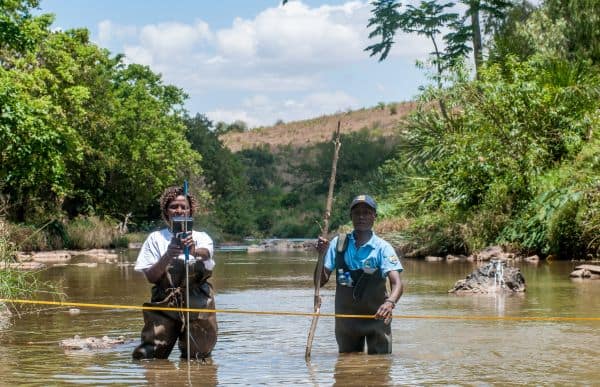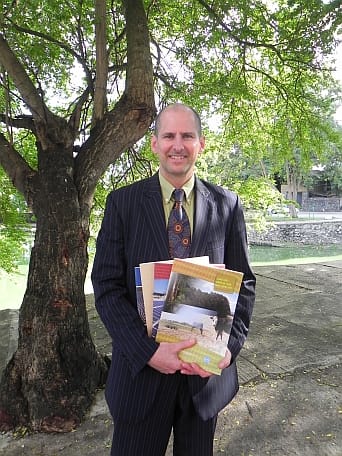Subterranean storage could be the answer to Central Asia’s water woes
Farmers in the Syrdarya River basin of Central Asia have a problem. Water is plentiful in spring, but often in desperately short supply during the summer. In addition many still rely on an extensive network of Soviet era irrigation canals to deliver water to their farms. But the retreat from central control after 1991, together with the complex divvying up of resources between 5 newly independent states, have left the system unreliable and poorly managed.
Now a new study from the International Water Management Institute (IWMI) in collaboration with The Institute of Hydrogeology and Engineering Geology of Uzbekistan proposes a solution: storing farm-water underground. The recently published research report, Managed Aquifer Recharge: The Solution for Water Shortages in the Fergana Valley, examines the possibility of additional subsurface storage of water in a part of the Syrdarya River basin.
With the existing conditions of water shortage during the summer months and excess in the winter, the researchers concluded that the current situation could be improved through a method called managed aquifer recharge or MAR (see box below).
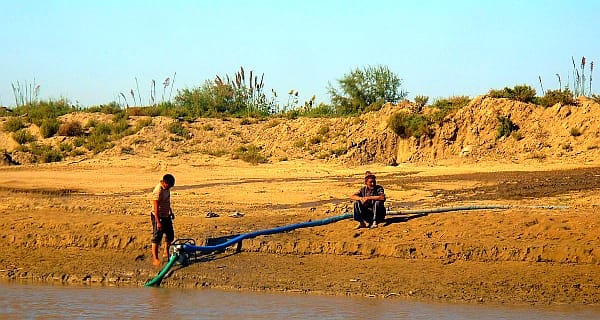
Photo: Peretz Partensky on Flickr
Ancient rivers
The Syrdarya together with the Amudarya River are the main source for drinking water, irrigation and hydropower in the region.
A major legacy of the Soviet era in Central Asia was the creation of a joint electricity-irrigation scheme. The generation of electricity from hydropower in upstream countries was linked to the water needs of those downstream. However, this system ended with the collapse of the Soviet Union and the overnight rise of international borders. With the new geopolitical reality water was suddenly seen increasingly as a national rather than a common resource.
Since then increasing pressures on downstream water users through uneven distribution have lead to severe water shortages. Compounding the issue has been growing competition between upstream hydropower generation and downstream agricultural demand. There is a clear need for additional water sources to meet agricultural and environmental demands.
In the Valley the shift of the upstream reservoir on the Naryn River from irrigation to hydropower generation mode in the beginning of 1993 caused an estimated shortage of 3km3 of water annually. However the shortage only occurs in the summer months, while in winter the valley experiences a huge surplus of water. But the “missing” water creates an equivalent amount of available storage capacity. Through MAR this could be used for storing the excessive flows of small rivers in the winter to address summer shortages. Additional free storage could be created in the areas of the main irrigation canals by intensive groundwater extraction.
Let’s go to MARs
The researchers studied MAR practices from arid regions in India and China and proposed a way of implementing MAR in the Fergana Valley. They tested MAR on a pilot scale through both field and modeling studies. The researchers suggest that MAR in the upstream of Fergana Valley and elsewhere in the Syrdarya Basin may help adapt to the new water management reality and help alleviate transboundary issues.
The study followed the stepwise procedure of implementing MAR in the Fergana Valley. The first step was a regional assessment of the potential for MAR and for shifting from canal irrigation to conjunctive surface water-groundwater use. Then came the application of MAR for aquifers, located in the tail end of main canals. Finally the next aquifers along the main canals were addressed. When the process was complete for all of the separate aquifers along the main canals, MAR implementation for the entire Fergana Valley was considered.
The results suggest that simple technologies, such as infiltration basins and enhanced natural recharge from riverbeds, can be used for MAR in the Fergana Valley. Small infiltration basins could be constructed along the main canals, delivering the water of the Naryn River to the water-short areas of the Fergana Valley. Through enhanced natural recharge from river floodplains the groundwater quality will be sustained.
That way over 55% of the currently irrigated land can be shifted from canal water to use both surface water and groundwater – often referred to as a conjunctive system. This would not only reduce the return flow to the river by 30% but form free storages of 500 Mm3 in the command areas of the main canals.
However, the study also showed that to actually shift the current focus on surface canal irrigation to a conjunctive system will be a challenge. Reconstruction of the drainage systems in the Valley is about to get underway. But the report’s authors believe that emphasis should be shifted to irrigation using aquifer water. Financial instruments such as the Government of Uzbekistan’s ‘Meliorative fund’ could further speed up the transition and clear the path for improved irrigation.
Managed Aquifer Recharge (MAR)
MAR involves building infrastructure and/or modifying the landscape to intentionally enhance groundwater recharge.
Methods include:
[fancy-ul style=”arrow-type5-list” variation=”blue”]- Spreading methods – such as infiltration ponds, sand dam, subsurface harvesting systems, leaky dams and recharge releases, in which direct river channel modifications are made to increase recharge;
- Wells, shafts, and boreholes recharge;
- Induced bank infiltration – in which groundwater is withdrawn at one location to create or enhance a hydraulic gradient that will lead to increased recharge;
- Rainwater harvesting – in which rainfall onto hard surfaces (e.g. building roofs, paved car parks) is captured in above or below ground tanks and then allowed to slowly infiltrate into soil.
Karimov, Akmal; Smakhtin, Vladimir; Mavlonov, A.; Borisov, V.; Gracheva, I.; Miryusupov, F.; Djumanov, J.; Khamzina, T.; Ibragimov, R.; Abdurahmanov, B. 2013. Managed aquifer recharge: the solution for water shortages in the Fergana Valley [Central Asia]. Colombo, Sri Lanka: International Water Management Institute (IWMI). 51p. (IWMI Research Report 151) [doi]
The report is also available in Russian.



